Are you working on a crossword or word puzzle and searching for four letter bird names? Among the incredible diversity of avian species around the world, you’ll find quite a few bird species have names that are as succinct as they are distinctive.
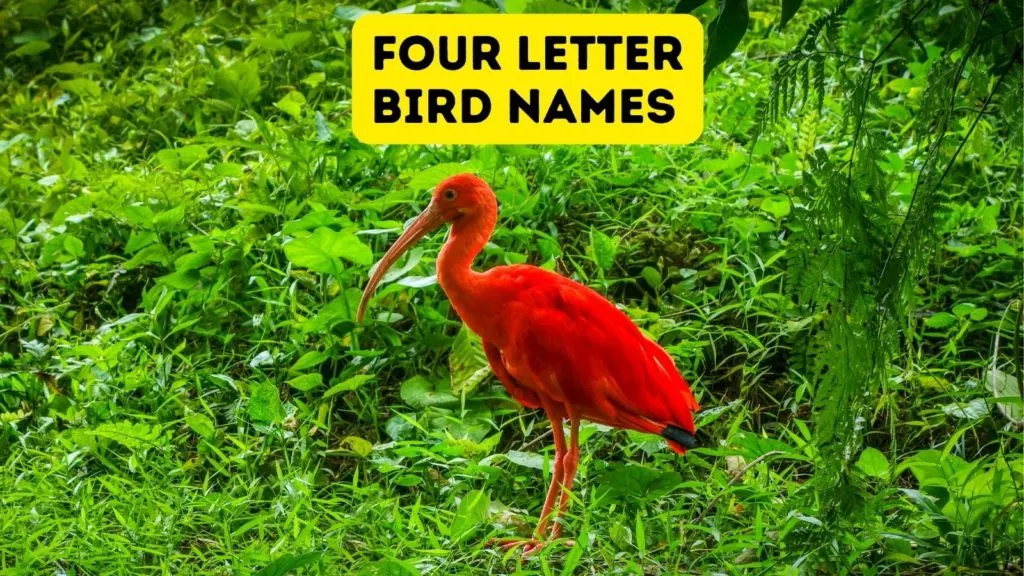
Chat – Small songbirds, Chats are known for their vibrant vocalizations, often engaging in lively and varied calls.
Coly – Tropical birds found in Africa, Colies (or Mousebirds) are known for their soft plumage and long tails, often seen hanging upside down when feeding.
Coot – The American Coot or Eurasian Coot, recognized by their white bill and slate-black body, adaptable to various aquatic environments.
Coua – Native to Madagascar, Couas are part of the cuckoo family. They exhibit striking blue eyes and varied, vibrant plumage across species. Known for their stealthy movement through the underbrush, Couas are elusive, adding a touch of mystery to the forests they inhabit.
Crow – Highly intelligent and adaptable, Crows are medium to large-sized birds, known for their all-black plumage and complex social structures.
Dodo – The Dodo, a symbol of human-induced extinction, was a flightless bird that once inhabited the island of Mauritius in the Indian Ocean. Lacking natural predators prior to human arrival, it exhibited no fear, which contributed to its downfall. Despite its extinction in the late 17th century, the Dodo remains a potent symbol of the impact humans can have on the world’s ecosystems, reminding us of the delicate balance required to preserve biodiversity.
Dove – Symbolizing peace, Doves include species like the Mourning Dove, famed for their soft cooing and graceful flight.
Duck – Diverse waterfowl that are ubiquitous worldwide, Ducks are known for their affinity for water and distinctive quacking.
Eyas – A term for a young hawk or falcon, Eyases are birds of prey in their fledgling stage, still dependent on their parents.
Erne – Another name for the White-tailed Eagle, Ernes are large birds of prey with broad wingspans, known for their powerful build and hunting prowess.
Fowl – Typically referring to domesticated birds such as chickens or turkeys, Fowl are important for their eggs, meat, and feathers.
Guan – Guans are large, tree-dwelling birds found in Central and South American forests. Part of the Cracidae family, which also includes curassows and chachalacas, Guans are known for their loud calls and gregarious nature. Their plumage is generally dark with some species showcasing brighter color accents.
Gull – Seabirds common to coastal areas, Gulls are versatile and often seen scavenging, known for their loud calls and social behavior.
Hawk – Masters of the sky, Hawks are predatory birds with keen eyesight and sharp talons, found in diverse environments worldwide.
Huia – The Huia, now extinct, was notable for its striking appearance and significant bill dimorphism between sexes, native to New Zealand.
Ibis – With long legs and beaks, Ibises (like the Scarlet Ibis, seen above) are distinctive birds often seen probing for food in wetlands around the globe.
Iiwi – Native to Hawaii, the Iiwi is a vibrant red honeycreeper, recognized for its curved bill and nectar-feeding habits.
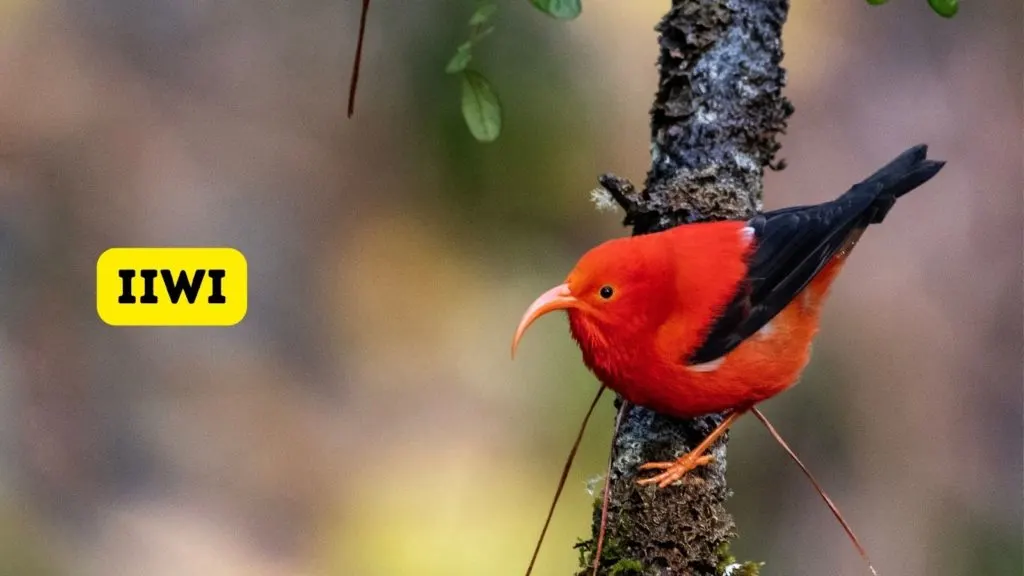
Iora – The Ioras are small, vibrant birds found across tropical South and Southeast Asia. Noted for their bright yellow and green plumage, males often display striking color changes during the breeding season. They are active, flitting through foliage in search of insects, and are known for their melodious songs.
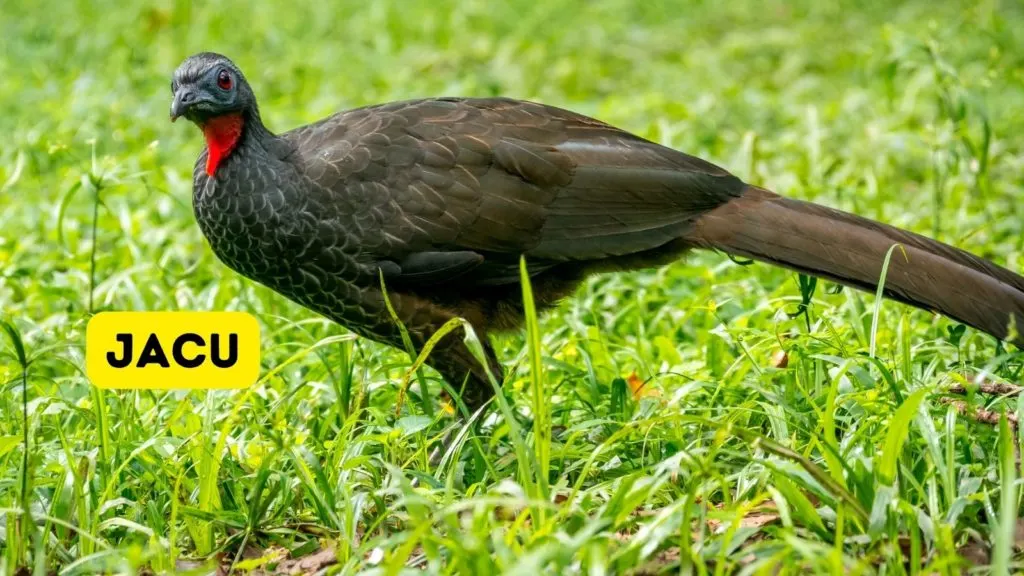
Jacu – Jacus, often referred to in the context of South American birds related to guans and curassows, are known for their role in seed dispersal thanks to their fruit-based diet. Typically elusive, jacus boast plumage that blends seamlessly with the dense forest canopy, enabling them to avoid predators.
Kagu – The Kagu, endemic to New Caledonia, is a flightless bird known for its ghostly appearance and intriguing red eyes.
Kaka – A parrot native to New Zealand, Kakas are known for their strong, curved beak and playful nature, thriving in forested environments.
Kiwi – Emblematic of New Zealand, the Kiwi is a unique, flightless bird, characterized by its long beak and fuzzy brown plumage.
Kite – Kites excel in soaring and gliding, with a keen eye for prey, often seen gracefully maneuvering through the sky.
Koel – Known for their parasitic breeding habits, Koels are members of the cuckoo family. Found in South Asia and Australasia, they are known for their distinctive calls, which are often associated with the coming of rain. Males typically have a sleek black plumage, while females sport a mottled brown.
Lark – Celebrated for their melodious songs, Larks are ground-dwelling birds that sing beautifully, often while ascending in the air.
Loon – Iconic for their haunting calls and striking plumage, Loons are waterbirds that excel in diving, inhabiting northern lakes.
Myna – Known for their ability to mimic sounds, Mynas are vibrant birds often found in urban areas, recognizable by their strong social behavior.
Nene – Also known as the Hawaiian Goose, the Nene is adapted to life in the volcanic landscapes of Hawaii, known for its muted colors and strong feet.
Rail – Rails are secretive birds of wetlands, known for their slim build and skulking behavior, often heard rather than seen.
Rhea – Native to South America, Rheas are large, flightless birds with long legs, known for their speed and agility on the ground.
Rook – A social bird within the crow family, Rooks are recognized by their black plumage and communal nesting habits, often found in agricultural areas.
Shag – Coastal birds related to cormorants, Shags are distinguished by their diving prowess and sleek, dark feathers.
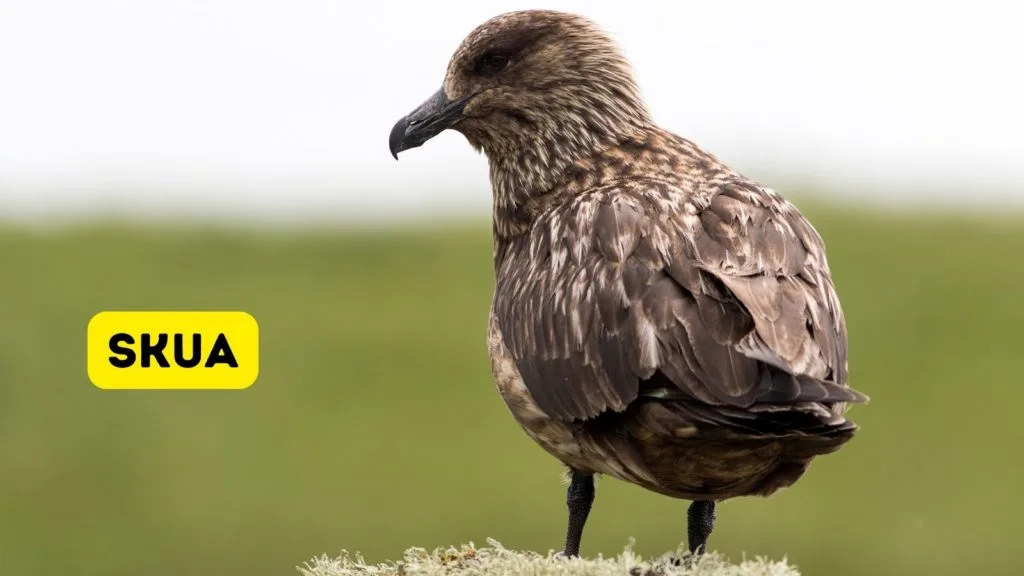
Skua – Skuas are robust seabirds known for their predatory behavior, including the chasing of other birds to steal their catches. They have long wings and powerful flight capabilities, enabling them to cover vast distances over oceans. Their plumage is generally dark, suited to their life at sea, and they breed in the Arctic and Antarctic regions, migrating to warmer waters during the winter.
Smew – A striking duck, Smews are noted for their crisp black and white plumage, with males sporting a distinctive appearance.
Sora – A small, secretive marsh bird, the Sora is known for its distinctive call and is more often heard than seen in its reedy habitat.
Swan – Symbolizing elegance, Swans are large waterbirds with a graceful presence and often white plumage.
Teal – Small freshwater ducks known for their agility and speed, Teals are admired for their vibrant plumage, with males often displaying striking colors and patterns during the breeding season. They are common in wetlands and marshes, where they feed on a variety of aquatic plants and invertebrates.
Tern – Sleek and slender seabirds, Terns are known for their long migrations, graceful flight, and remarkable diving skills. With a diet primarily consisting of fish, they are often seen hovering over water before plunging down to catch their prey. Terns are distinguished by their sharp, pointed wings and forked tails, embodying the essence of coastal and marine environments.
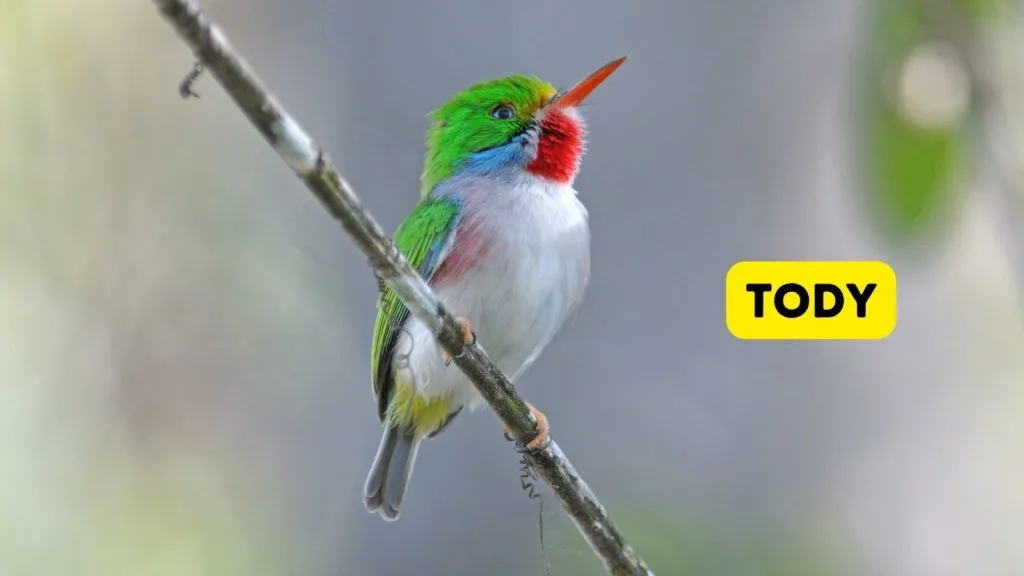
Tody – Todys are small, colorful birds native to the Caribbean. They are easily identifiable by their bright green plumage, red throats, and small size. Todys prefer tropical forests where they hunt for insects, often seen darting between foliage with rapid, direct flights.
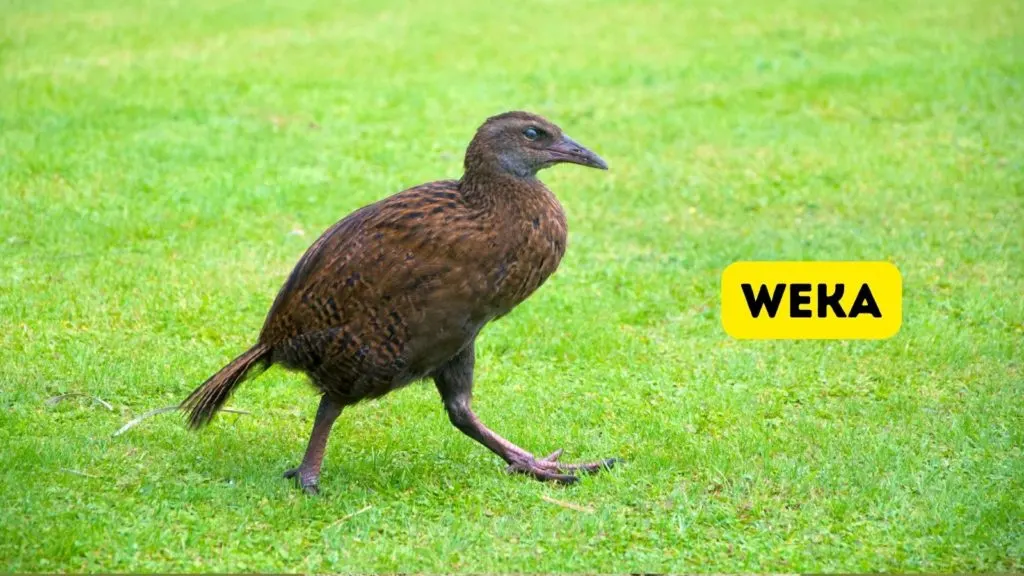
Weka – A flightless bird native to New Zealand, the Weka is known for its curiosity and lack of fear around humans. They have a robust build and a varied diet, which includes both plant material and small animals. Their brown plumage helps them blend into the forest floor as they forage.
Wren – Small yet mighty, Wrens are known for their powerful voices that emit a range of complex songs and calls. They have a somewhat round body with a short tail that often stands upright. Found across many parts of the world, these birds adapt well to both wooded areas and backyards.
More Posts You Might Like
- 8 Letter Bird Names - August 14, 2024
- 7 Letter Bird Names - August 14, 2024
- 7 Birds Named After Famous People - July 23, 2024
